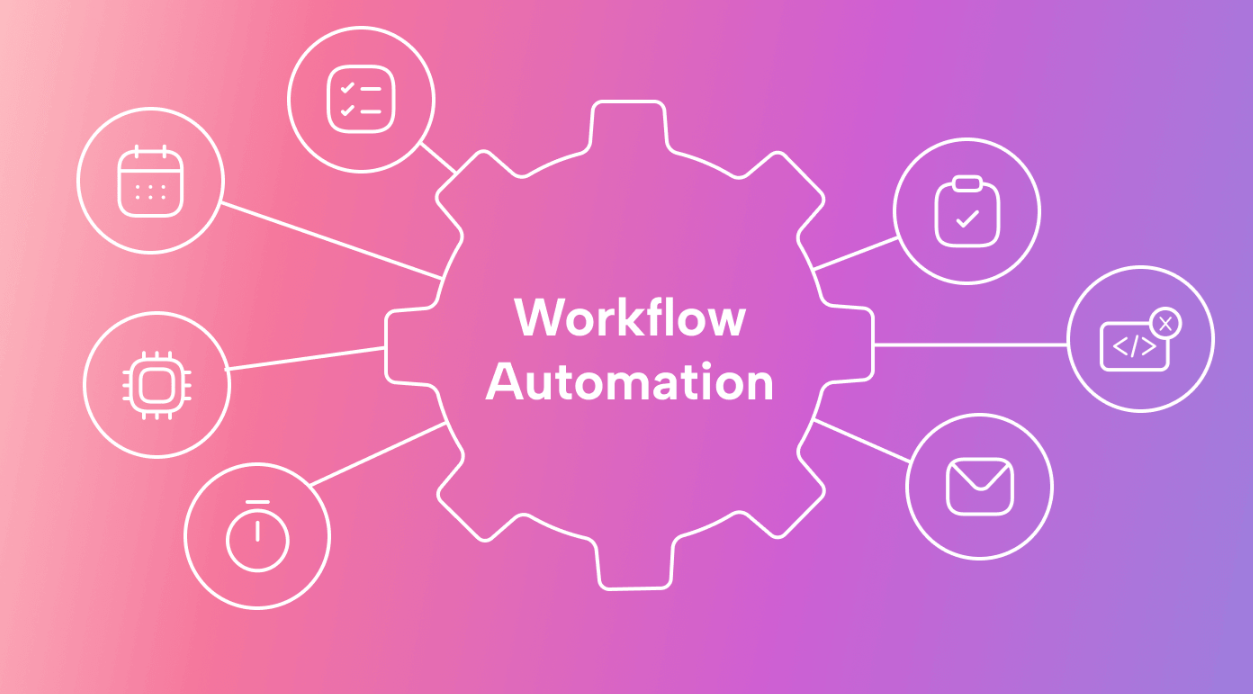Understanding Governance Automation
Governance automation refers to the use of software and tools to enforce organizational policies, monitor compliance, and streamline decision-making processes. Instead of relying on manual workflows, automation ensures that policies are consistently applied, regulatory standards are met, and risks are promptly flagged and addressed. It spans across multiple domains—from IT operations and cybersecurity to finance and HR.

Key Aspects:
- Policy enforcement through automated rules.
- Real-time monitoring and alerting.
- Workflow automation for approvals and audits.
